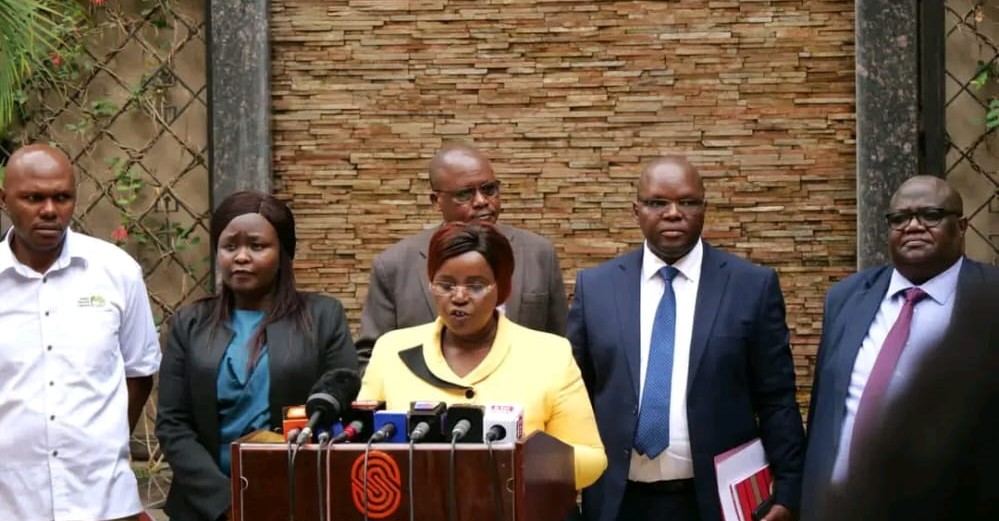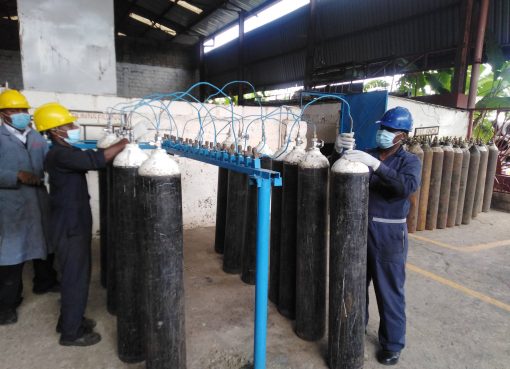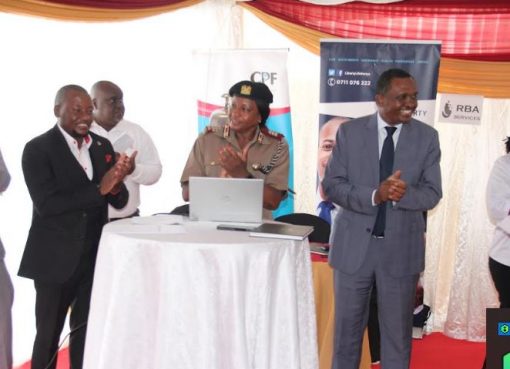Tourism, Wildlife and Heritage Cabinet Secretary (CS) Peninah Malonza has pledged to work with the National Treasury and parliament to ensure allocation of funds for the National Wildlife Census, which was initiated in the year 2012, to determine the impact of the current drought on wildlife populations in all affected ecosystems.
Malonza stated that the Government of Kenya in collaboration with development and conservation partners will work together to avail funds to de-stock the rhino sanctuary in Tsavo West National Park as well as other overstocked-rhino sanctuaries to curb drought-related mortality in the sanctuaries.
The CS was speaking on Friday during the release of a report on the Impacts of the current drought on Wildlife in Kenya at a hotel in Nairobi.
She revealed that most of the wildlife died in August, September, and October this year, with herbivores being the most affected with their deaths being caused by lack of pasture and water.
“Fourteen different species were affected by drought between the months of February and October 2022 among them being wildebeest, zebra and elephants,” stated Malonza.
Malonza highlighted some of the interventions that the government is undertaking to reduce the drought’s impact including the provision of hay to specific species, water trucking for wildlife in protected areas and enhancing surveillance in the protected areas to avoid human wildlife conflicts.
She added that the sector is also collecting wildlife mortality data and mobilizing resources in the affected areas as a way of addressing the situation.
The CS called upon partners to intervene in the situation by supplying water and hay to the affected areas like the Amboseli, Tsavo, Laikipia and Samburu among Others.
“We call upon our partners to support wildlife training institutes to undertake well-structured monitoring of wildlife mortality in all protected areas in the key ecosystems to better understand the effect of the drought on wildlife,” she stated.
Malonza also pointed out that to monitor the impact of drought on wildlife, data was collected by Kenya Wildlife Service (KWS) rangers, Community scouts, research teams from wildlife training institutes and their partners operating in the eight conservation areas defined by KWS.
She thanked institutions that provided wildlife mortality data to wildlife research and training institutes among them being Gravy’s Zebra Trust and Tsavo Trust.
By Rita Muthoni





